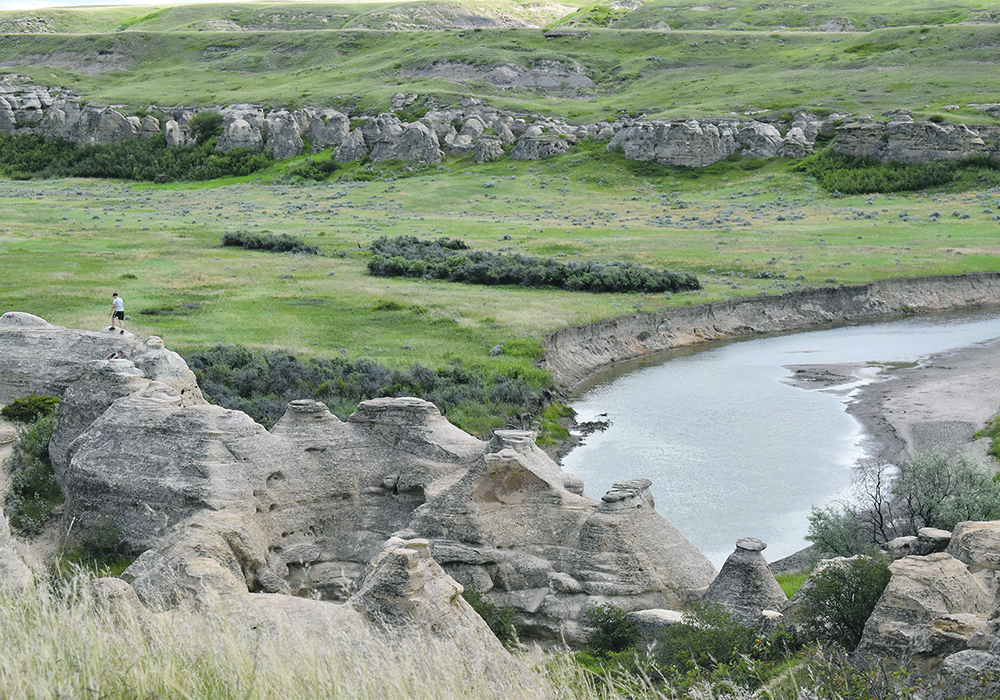The future use and water flows of the Milk River, which snakes across the Canada-U.S. border, could be determined by a good turnout of southern Alberta stakeholders at an upcoming meeting.
Tim Romanow, Milk River Watershed Council executive director, said the International St. Mary and Milk Rivers study board plans to hold two meetings this month, one in Milk River, Alta., on Oct. 24 and another in Shelby, Montana, the following day.
Water allocations from the St. Mary’s and Milk rivers have been governed by an intricate management agreement between Canada and the U.S. for more than 100 years. But failure of a Montana canal that regulated flow rates between the two rivers in 2020, combined with challenges associated with climate change, have led governments in both countries to re-evaluate the treaty.
Read Also

Canadian Food Inspection Agency red tape changes a first step: agriculture
Farm groups say they’re happy to see action on Canada’s federal regulatory red tape, but there’s still a lot of streamlining left to be done
Romanow said he’s optimistic the review will improve the management of the system, which provides irrigation opportunities for those in southern Alberta and eastern Montana.
“Both in terms of potential for changes in administrative sharing of the water as well as potential for on-the-ground physical structures that could improve the management in both countries,” said Romanow.
The system currently uses the Milk River as a canal to move water from the headwaters of the St. Mary’s River though a diversion to allow for irrigation opportunities for farmers in eastern Montana.
Alberta farmers along the Milk River can also access irrigation opportunities when streamflow allocations are met to their U.S. counterparts.
“This is the first time since before the early 2000s where there is a genuine push to find a benefit for both countries. It’s not just a protectionist approach where the U.S. is just trying to ensure their entitlement,” said Romanow, adding the same goes for Canadian stakeholders.
“The reality is there is a lot of outside pressures and climate change impacts both countries.”
The original treaty for the river was first established in 1909 following rising tensions between farmers on both sides of the border over water allocations.
Romanow said subsequent refinements of the treaty in the early 1920s saw some deep thought put into water management that has proven successful for 100 years.
“They knew what they were doing,” he said.
Likewise, farmers in the 21st century do too, and they’ll need to bring their voice to the table during the upcoming meetings.
“The margins are thinner and thinner when you see the stream flows actually come. It’s important to take a second look at this and ask how we can set this up for another 100 years,” said Romanow.
The Alberta meeting is scheduled to take place at the Milk River Town Hall starting at 6:30 p.m. on Oct. 24.
















